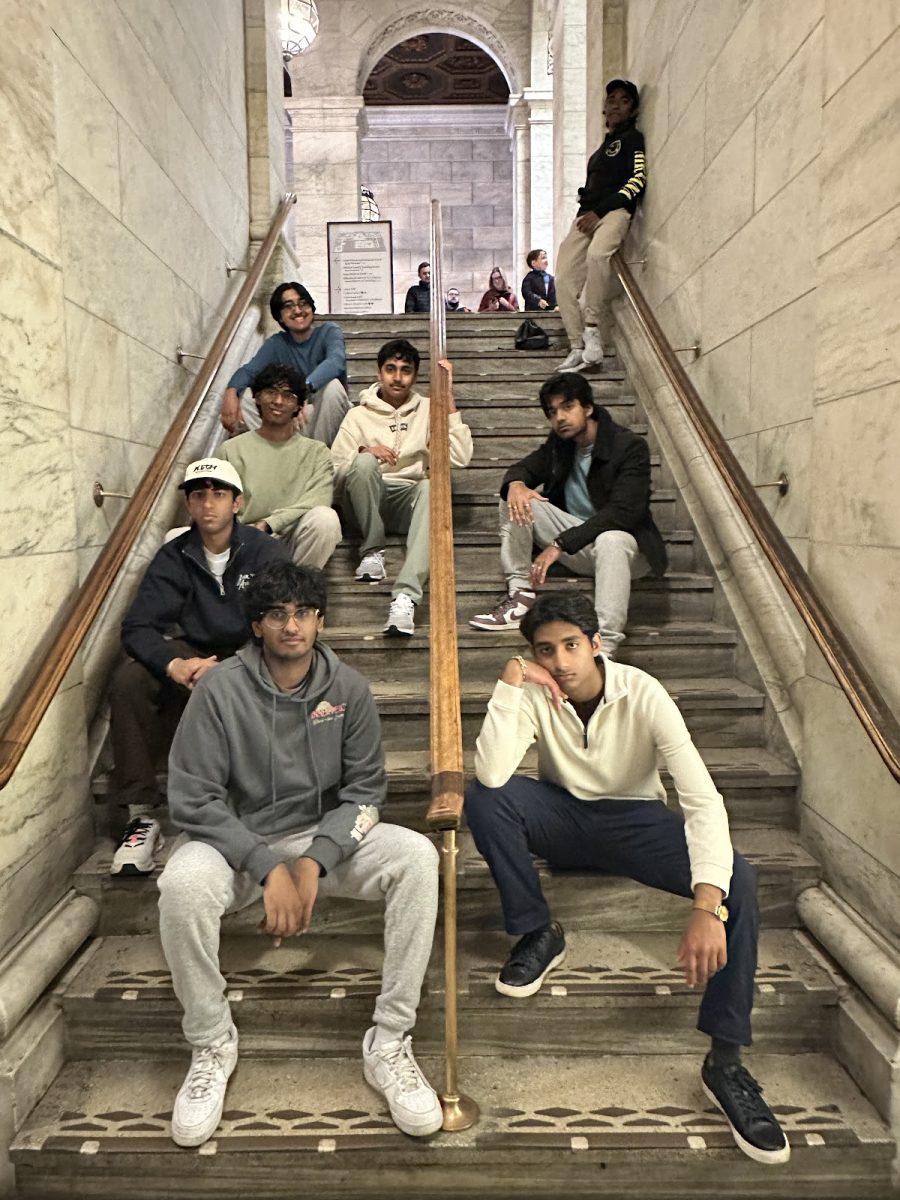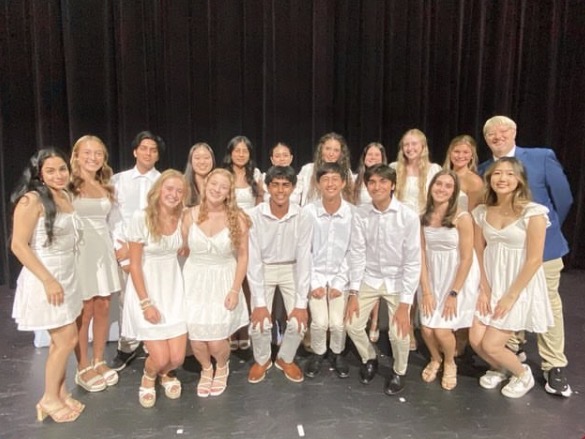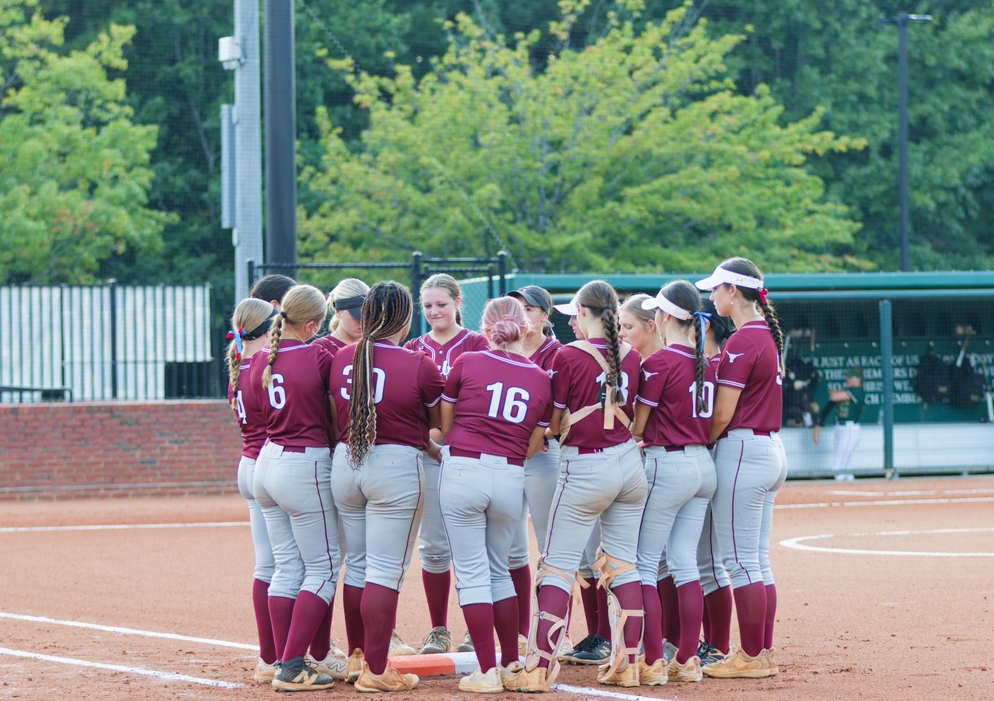It’s hard to believe that so many beloved movie franchises started off as just a single movie. But they only became big franchises because of their sequels. All of these sequels were made because of the success of their original movies and the high demand for more content in their respective universes. Nowadays, it seems like more and more sequels are coming out, regardless of their demand. According to Business Insider, there are almost 40 movie sequels and spinoffs coming out in 2025, with even more that have either been announced or speculated to be released in the foreseeable future. In fact, last year’s top 10 highest grossing movies all included a sequel or spinoff, with the exception of “Wicked.” And these statistics have stayed the same throughout the past decade or so. According to statistics gathered by Mr. Ben Cook, the AV (Audio-Visual) and Film teacher, from 2011 to 2021, out of the top 100 highest grossing movies, only eight of them were originals, with the rest being sequels. What’s unclear about all of this is whether audiences enjoy these new franchise editions or if they are getting tired of them.
One key point to address is whether a movie really needs a sequel. Some movies are based on book series, such as “Harry Potter”, so their adaptations will need multiple movies to cover everything that the books have to offer. Other movies, such as “Spiderman: Across the Spiderverse,” end on a cliffhanger and require another movie to tie up the loose ends. However, most franchise starters are original concepts and have a complete ending, so in that case, it is completely the film company’s decision to continue on with the story.
Another thing to consider is why the company is making the sequel in the first place. Audiences get excited seeing expansions to their favorite universes, but behind the scenes, it may just be a low risk move that leads to high profits. And after a closer look with Mr. Cook, it appears that might be the case.
“It’s really easy for companies to see the success of one movie and realize that they have a hit on their hands,” Mr. Cook explained. “And investors are also more likely to invest in that next sequel because they saw the success of the first movie. So funding becomes less of an issue, and profits drive that desire to make that sequel.”
A recurring theme within large film companies is that they don’t know when enough is enough. They’ll find an idea and produce as much content as they can with it until it stops being profitable for them. For example, “Shrek” and “Toy Story” are both receiving a fifth addition to their franchises, even though their previous movies seemed to have wrapped everything up. What these companies don’t realize is that these ideas may lose their charm a lot quicker than expected. Audiences may get tired of seeing the same characters especially if the sequels ignore the previous movies and their development. Senior Benny Borski really liked the original “Cars” movie, but after seeing how its sequel completely ignored the first movie and its development, his love for the franchise waned.
“I think that a quality of a good sequel is that it pretty much values the first film’s themes, but then expands on something that fits,” Borski said. “But a bad sequel doesn’t know why the original was so good in the first place, and it just becomes a generic movie.”
Some sequels may even outperform the original movie, either through profits or critical acclimations. “Inside Out 2” became the highest grossing animated movie of all time this year, with glowing reviews about its depictions of anxiety and panic attacks. But many argue that the original “Inside Out” never needed a sequel, regardless of how well it performed. So, it seems that audiences are divided on whether there are too many sequels or not enough.
“I think [sequels] are a great opportunity to expand on the original story of a movie that is successful,” Borski said. “But sometimes it leads to doing the same thing over and over, and with anything, doing [that] loses its meaning.”
It all boils down to personal preference at the end of the day, but the increase of follow-ups might potentially cause a decrease in original content and ideas. Bloomberg reports that the creative teams at Disney and Pixar Animation Studios want to rely on more sequels in order to make up for their box office failures. If movie companies continue to produce more and more sequels, original movies may never come to theaters as much as they used to. We may never know, and we can only hope for the future.















